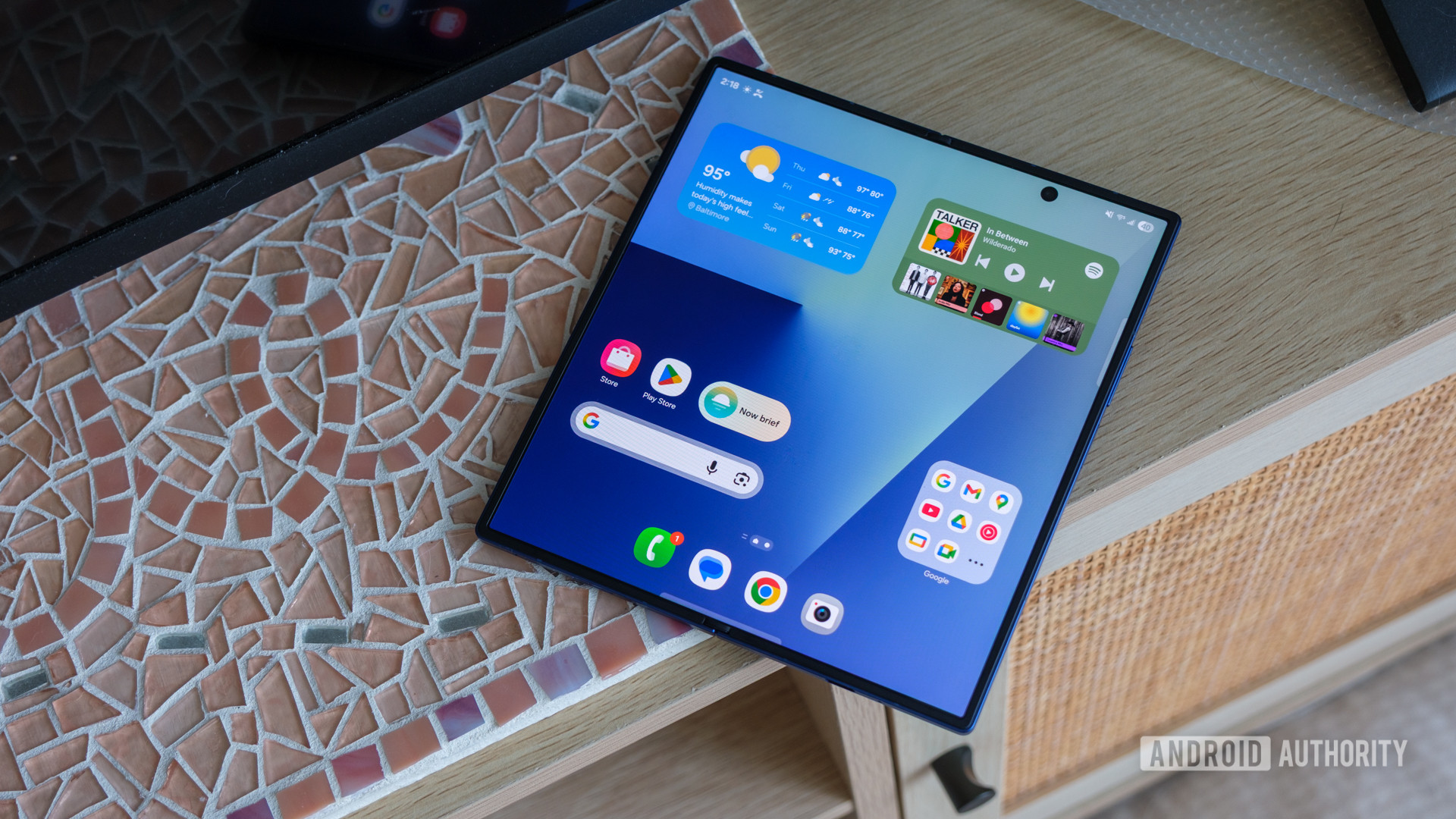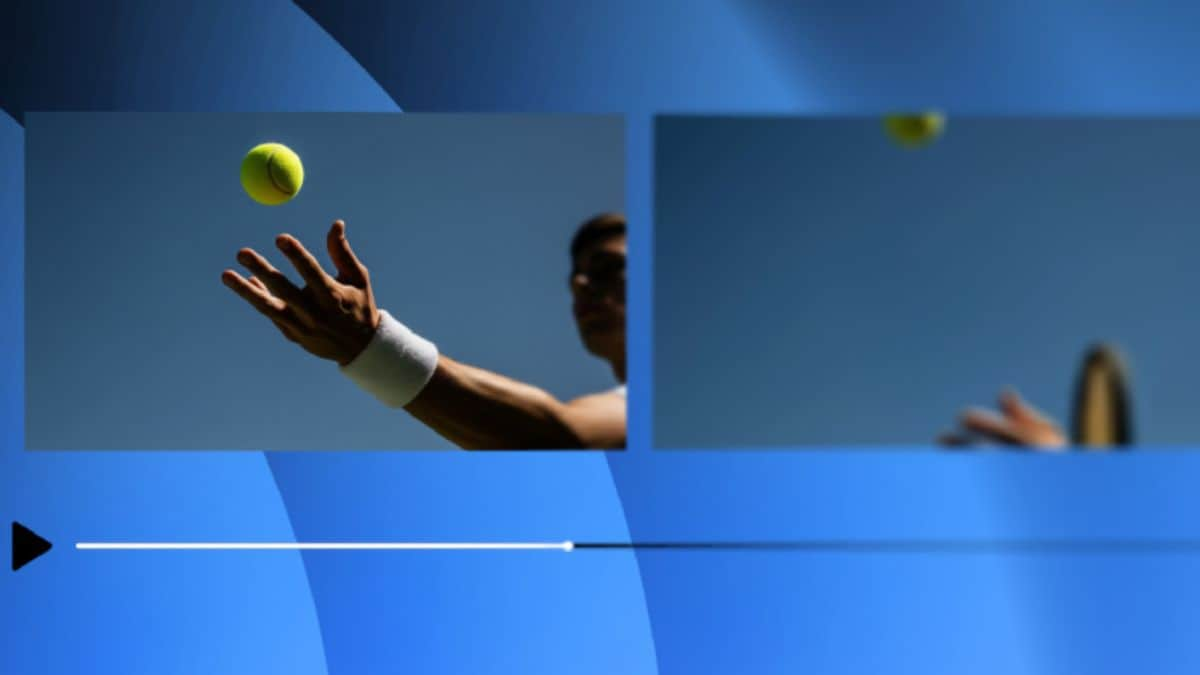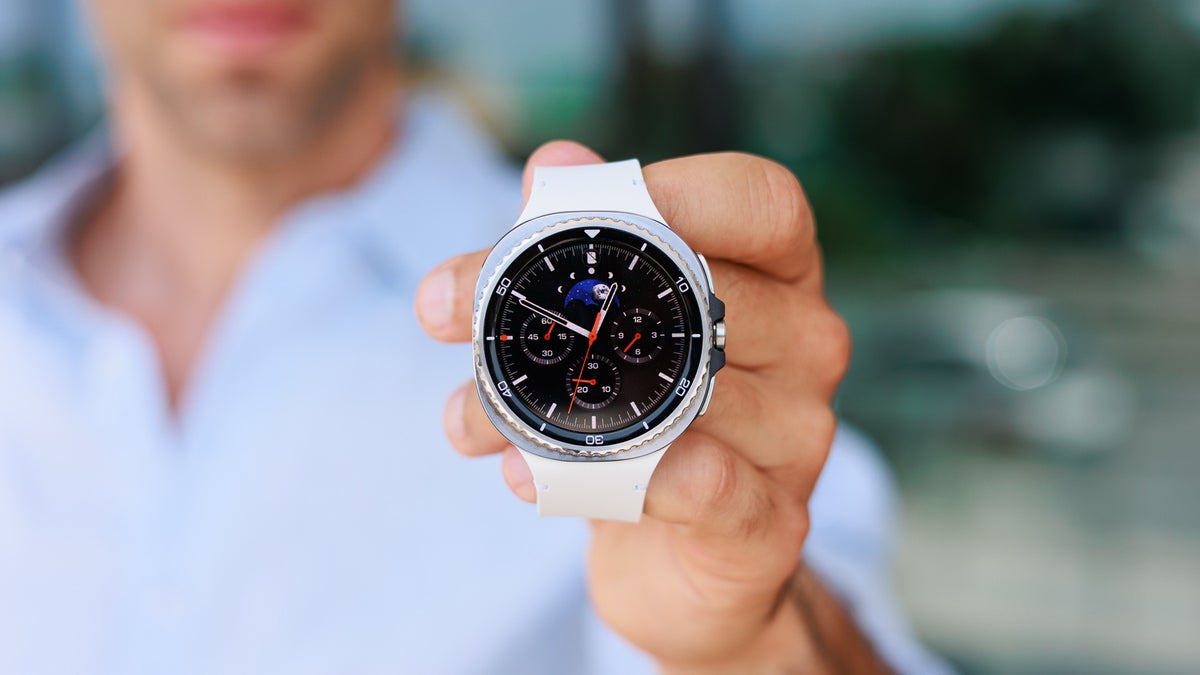I spent a long time dismissing the Galaxy Z Fold as a ho-hum foldable that didn’t seem like it was interested in innovation. Maybe it’s because I’ve always been more of a fan of flip phones, but I never really felt like I wanted to give Samsung’s original foldable the time of day. And then, I got pushed out of my comfort zone. The Galaxy Z Fold 7 arrived on my doorstep, ready for review, and I decided to make the most of my adventure.
I can’t believe I waited this long. After years of ignoring the Galaxy Z Fold series as best I could, I have to admit I wasn’t prepared for just how good the latest model would feel in my hands. I owe Samsung an apology, and I think everyone should at least take a chance to hold the Galaxy Z Fold 7. Here’s why.
The Galaxy S25 Edge walked so the Galaxy Z Fold 7 could run
Ryan Haines / Android Authority
A few months ago, I thought I would only hold one ultra-thin Galaxy device this year. I’d just finished my less-than-glowing review of the Galaxy S25 Edge and decided that thinner isn’t always better. It felt like Samsung had shrunk everything down to make a thin form factor, shrugging off the fact that it would hamstring the battery life, cut into the camera flexibility, and make accidental display presses a new problem all over again. And yet, the Galaxy Z Fold 7 is thinner.
Well, when it’s unfolded, anyway. When you open the Galaxy Z Fold 7 to explore its 8-inch internal display (about half an inch larger than before), the ultra-expensive phone drops from 8.9mm thick to just 4.2mm thick. That’s 1.6mm thinner than the Edge and almost 1mm thinner than Apple’s M4-powered iPad Pro, and it doesn’t feel quite real in my hands. Surprisingly, though, I feel more comfortable holding its combination of Gorilla Glass Ceramic and Armor Aluminum than the Edge’s slippery titanium.
Perhaps what makes the Galaxy Z Fold 7 a winner, where I thought the Edge was a loser, is what Samsung does with its space. Yes, it has double the real estate to work with, but the larger 4,400mAh battery and a 10MP telephoto sensor — though not super sharp — go a long way. It makes the Galaxy Z Fold 7 feel more flexible, and its slightly thicker camera bump suggests that Samsung certainly could have done the same for the Edge. After all, the 200MP primary and 12MP ultrawide sensors are identical, so adding the telephoto feels like finding the missing piece.
I couldn’t see the foldable forest for the trees

Ryan Haines / Android Authority
Taking a longer look at the Galaxy S25 Edge through the lens of the Galaxy Z Fold 7 also reminded me of something else: Most people don’t upgrade their phones every year. I mean, why should they when Samsung offers as many as seven years of Android updates and security patches for its flagship launches? Yet, as a tech reviewer, my job is to look for the biggest, best upgrades from one year to the next to justify spending a lot of money on a brand-new phone, and I often find myself at least a little disappointed.
If you look at the Galaxy Z Fold 5 and the Galaxy Z Fold 6, the differences aren’t that big. Sure, there’s a slight change in shape — the Fold 6 is a bit more squared-off and wider — but the cameras are nearly identical, the difference in thickness is only about half a millimeter, and they both stubbornly stick to the terrible 4MP under-display selfie camera that’s simply never gotten better. Honestly, there was very little reason for anyone to jump from one foldable to the next, and we said as much in our review.
Maybe the Galaxy Z Fold 5 feels a bit like the Galaxy Z Fold 6… but it’s nothing like the Galaxy Z Fold 7.
However, when you put the Galaxy Z Fold 5 next to the Galaxy Z Fold 7, they hardly look like they’re from the same family. Alright, the camera bumps are similar, putting three small circles on a pill-shaped island, and One UI is One UI until the end of time, but the Fold 7 is nearly 2mm thinner when unfolded — it’s hard to emphasize just how thin it feels — and offers an IP48 rating that adds a little bit of reassurance against dust to go with the very good protection against water.
And then, there’s Galaxy AI — the real reason Samsung wants you to update your phone. Once again, the Galaxy Z Fold 6 and Fold 7 launched with pretty similar options. They have wrinkles like Drawing Assist, Browsing Assist, and Live Translate for calls. The Galaxy Z Fold 5? Nada. Well, it’s gained a few Galaxy AI tricks, but not to the same extent as Samsung’s newer foldables. And, with the Snapdragon 8 Gen 2 under the hood, it won’t get as much long-term love as the Snapdragon 8 Gen 3 for Galaxy or the Snapdragon 8 Elite for Galaxy.
Once you look at Samsung’s slow, steady innovation through a wider lens, minor upgrades suddenly become much more meaningful (well, outside of the Galaxy S25 series, sorry). Fractions of a millimeter become giant, and a few extra megapixels make a big difference. Maybe I’ll still grumble about the Fold’s limited battery and charging setup, but I’ll never be quite so quick to dismiss the original foldable phone again.

Samsung Galaxy Z Fold 7
Thinnest, lightest Z Fold to date • More durable design • 200MP primary camera • Snapdragon 8 Elite for Galaxy
Thin, light, high-powered, and it folds!
The Samsung Galaxy Z Fold 7 offers an 8-inch OLED screen, a 200MP camera, the Snapdragon 8 Elite for Galaxy chipset, and a 4,400mAh battery. The Galaxy AI experience is baked in, offering tools across the camera, Circle to Search, and much more. Best of all, Samsung continues to evolve their fold folding hinge assembly, promising reduced visibility of the crease.








